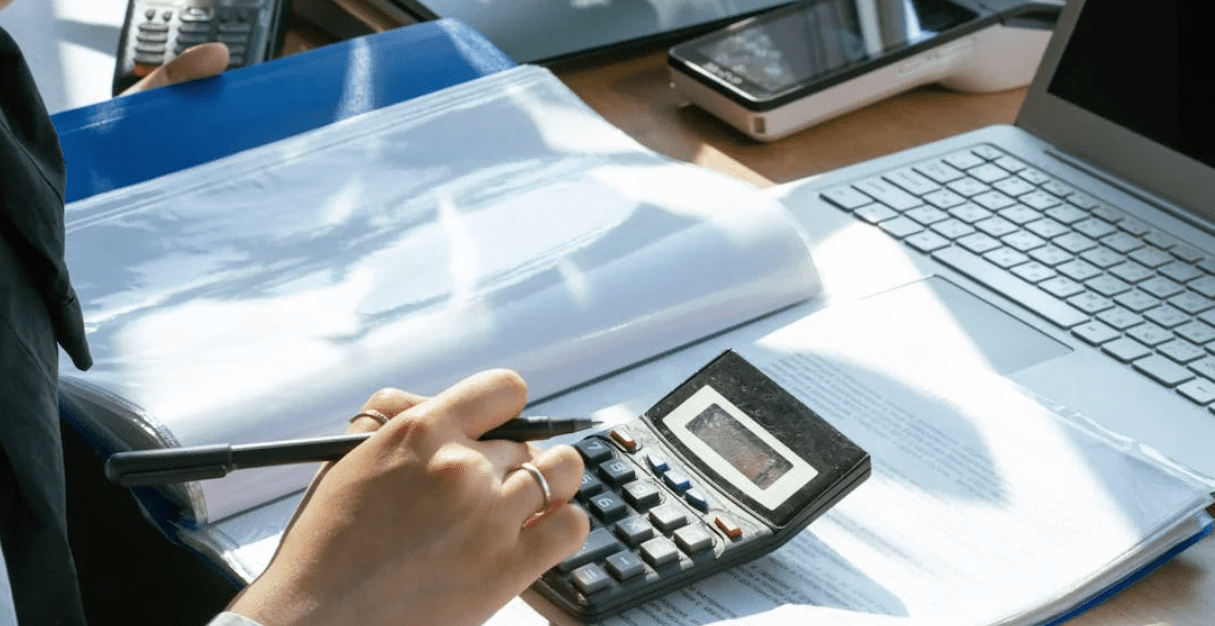What Is a Lease Ledger and Why You Need One
What Is a Lease Ledger and Why You Need One
Blog Article
Top Benefits of Using a Lease Ledger in Property Management
Keeping track of tenant funds is one of the very most important aspects of property management. Whether you're managing a handful of properties or a comprehensive account, maintaining a precise lease ledger template assures financial openness and simplifies payment tracking. But handling tenant payments effortlessly requires a well-structured approach. Here's a concise information to getting hired right.

The Importance of a Lease Ledger
A lease ledger is essentially a financial record that paths book funds, protection remains, late charges, and different tenant transactions. It acts as a main database for many monetary communications between landlords and tenants. Without an adequately managed ledger, home managers chance miscalculating money, overlooking missed funds, or producing disputes with renters. An structured lease ledger helps eliminate these risks while sustaining professionalism.
Tips for Effectively Monitoring Tenant Funds
1. Use Engineering for Reliability
Manual record-keeping may work for just one home, but as the number of devices grows, it becomes impractical. Leveraging digital resources or easy spreadsheet templates can considerably increase accuracy. These tools often permit you to automate continuing book funds, produce pointers for late amounts, and generate reports instantly.
2. Produce a Regular Structure
A lease ledger must follow an obvious and regular format. At a minimum, your ledger includes:
• Tenant titles
• Due days
• Amounts compensated
• Fantastic amounts
• Notes for any additional costs (e.g., maintenance expenses or late charges)
Standardizing this information assures every history is uniform and an easy task to interpret.
3. Monitor Cost Position Regularly
Checking your lease ledger usually guarantees you remain on top of late obligations and can tackle possible dilemmas early. Reserve time every month to reconcile payments obtained against what's noted in your ledger. This exercise also helps in determining trends, such as regularly late-paying tenants.
4. Keep in touch with Tenants Clearly
Appropriate records mean small if tenants aren't knowledgeable of the payment obligations. Send pointers for impending book due dates or update them on any outstanding balances. Clear connection minimizes misunderstandings and encourages reasonable payments.
5. Document Every thing
Every cost created, whether incomplete or complete, must certanly be reported instantly in the ledger. Monitoring every purchase ensures both sides have a reference stage in case there is disputes. Even little details, such as for example waived late expenses or modified payments, must be entered to the record.

Final Feelings
An effective lease ledger not merely simplifies tenant cost administration but in addition provides peace of mind for landlords and home managers. By incorporating distinct structures, leveraging electronic instruments, and maintaining appropriate records, you can establish a seamless program that reduces problems and develops better tenant relationships. Begin controlling your funds better nowadays and set the foundation for long-term financial stability! Report this page